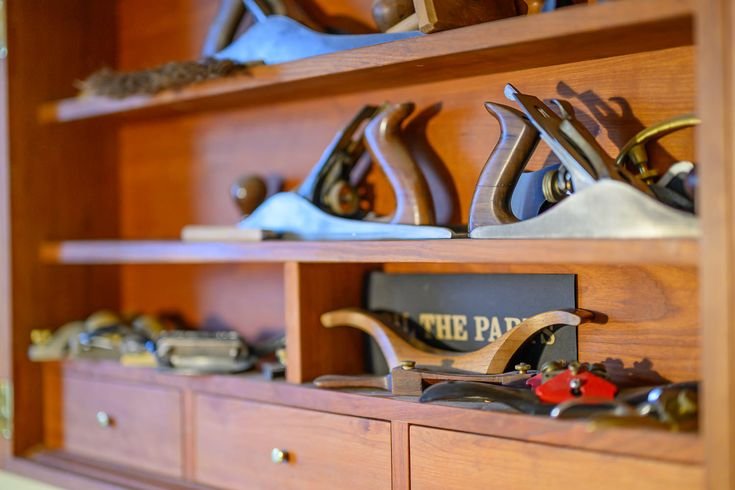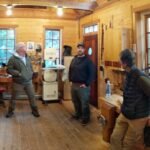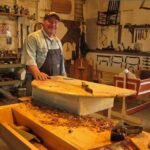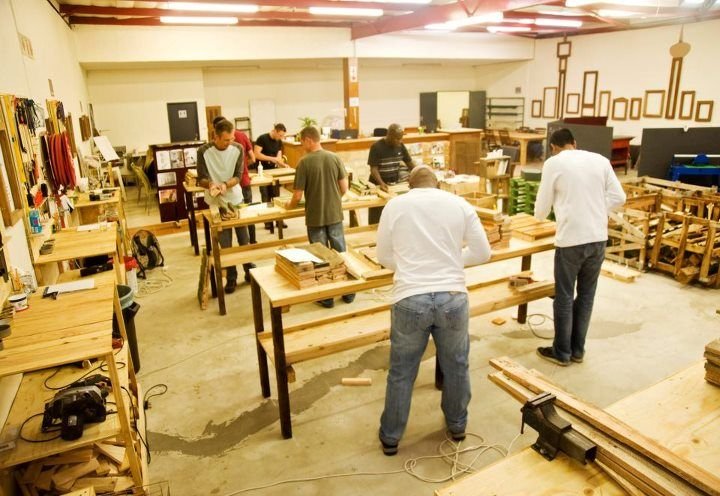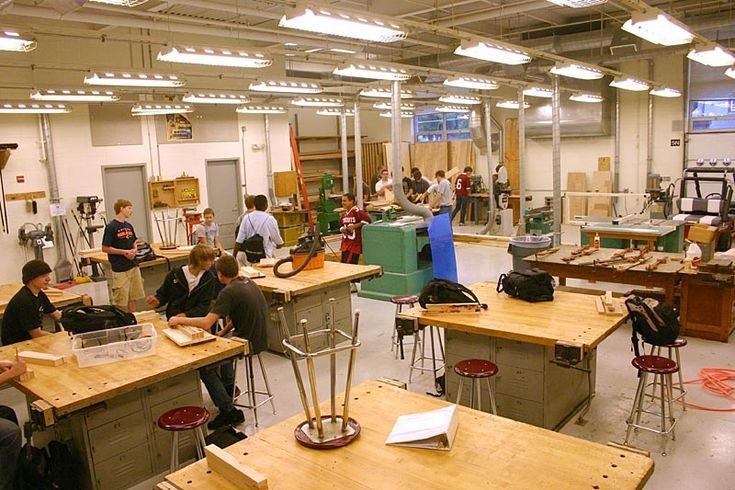A Woodworker’s Tale: Trials, Errors, and Adhesives
So, there I was one Saturday, sitting in my garage workshop with the scent of freshly cut pine wafting through the air. It was one of those rare weekends when I had a whole afternoon free to make something cool. I had decided to tackle this simple but beautiful dining table that I’d been dreaming about for weeks. The kind that would make family dinners a little more special, sharing stories over a meal while we looked at this piece of wood that I’d shaped into something functional and, if I’m being honest, kinda artistic.
I had my supplies laid out: oak boards for the tabletop, some sturdy maple for the legs, and an array of tools that could make a small hardware store jealous—my trusty miter saw, a little router I bought at that clearance sale last year, and my grandpa’s old drill that felt like it had seen at least two World Wars. I was all set to dive in.
The wood was warm to the touch, and I was buzzing with excitement. I was thinking of my kids looking at this table someday, the same way I looked at the rocking chair my grandpa built. But, you know, as anyone who’s dabbled in woodworking knows, the excitement can often be a dangerous thing. It was all fun and games until I got to the part where everything needed to stick together.
Now, adhesive… ah, that’s a whole saga in itself. When I first started woodworking, I figured, "Hey, wood is wood; glue is glue." But that’s like saying all sandwiches are the same just because they have bread. So there I was, standing in front of the shelves at my local hardware store, trying to remember what my buddy Jim had explained about various adhesives over a BBQ. You’ve got PVA glues, polyurethane, epoxy—and a dozen other ones. I went with wood glue—Titebond III, if I remember right. I liked the idea that it was waterproof and was supposed to bond stronger than the wood itself. Perfect, right?
At first, I mixed up the adhesive application and started using it like mayonnaise on my sandwich—more is more! Gobs of glue were oozing out of every crack and crevice. I thought the more, the better. But as I assembled the legs to the tabletop, I noticed something peculiar. My tightly mitered corners were not staying tight. The glue was binding but not holding in the way I’d pictured. It was like asking a puppy to sit when it had just seen a squirrel; it just wasn’t happening. I almost gave up and tossed the whole thing onto the scrap pile in frustration.
Then there was that moment of clarity—or maybe desperation, really. I remembered reading somewhere about the importance of clamping. I had these old pipe clamps hanging around, rusted but still working, and I thought, "Why not?" With a little finesse, I managed to squeeze the joints together, and I couldn’t help but feel like I’d just resurrected a plan that was about to fall apart. The squeak of the clamps tightening was oddly satisfying, as I took a moment to just breathe and let the adhesive do its magic.
And boy, when I returned after an hour to check on it, I could hardly believe my eyes. Everything was secure; those corners were tight enough to make a carpenter blush. It was a little victory, like finding a ten-dollar bill in the pocket of an old jacket. It was a reassuring reminder that woodworking—like life—is often about trial and error, and you just gotta roll with the punches.
But then, as I painted the final touches later that evening, I noticed something. The glue had dried a little too easily in places and had left tiny, visible peaks. My heart sank a little. I’d gotten cocky and didn’t sand down the surface well enough before applying the finish. The table wasn’t just a dining table now; it was a texture experiment! It was like when you over-apply too much frosting on a cake, and, well, it’s edible but not exactly Instagram-worthy.
I sat there, staring at it, and I remember my daughter coming in, her tiny hands covered in flour from her own baking endeavor. She looked at my imperfection and just smiled. “Dad, it looks… unique!” she said, and I laughed because, honestly, that was the best compliment I could’ve received. It hit me then that, regardless of the bumps and flaws, this piece was something that would be filled with love, laughter, and messy family dinners.
And ain’t that the beauty of woodworking—or any craft, really? It’s not about getting everything perfect but about the stories behind each thing you create. You get the right adhesive, mix it with the wrong clamping technique, and somehow manage to create something that means something to you. Maybe your dining table isn’t flawless, but it’s got soul.
So, if you’re standing there at that hardware store, a little lost and surrounded by endless options, just remember: it’s okay to mess up. It’s even okay to turn that great idea into an unexpected adventure. Grab the glue, pick up your tools, and just go for it! Embrace the imperfections; they make your project yours. After all, a little quirkiness is what makes living and creating worthwhile.
And trust me, nothing beats that first family dinner around something you built with your own hands, even if it does have a few extra glue bumps. That’s the stuff that echoes through generations.

